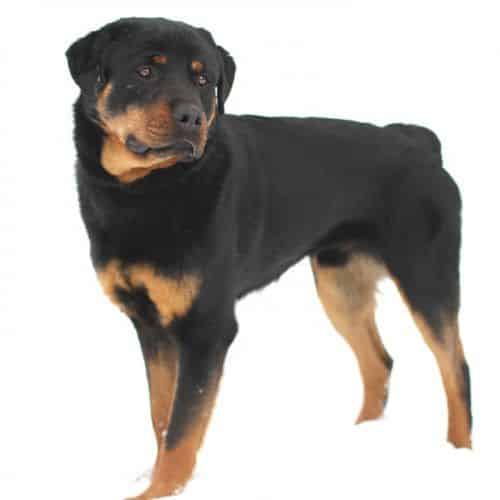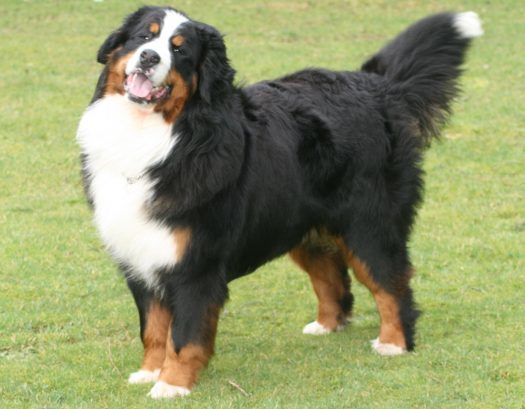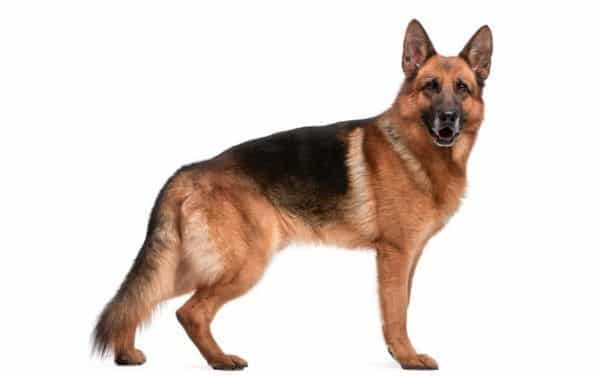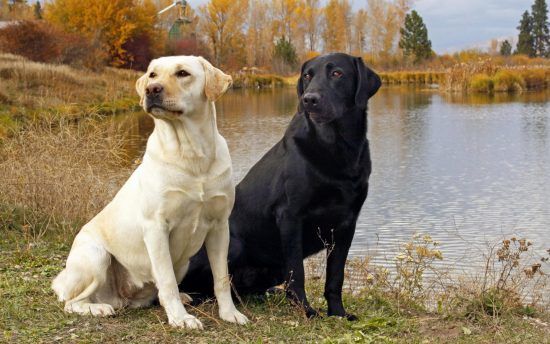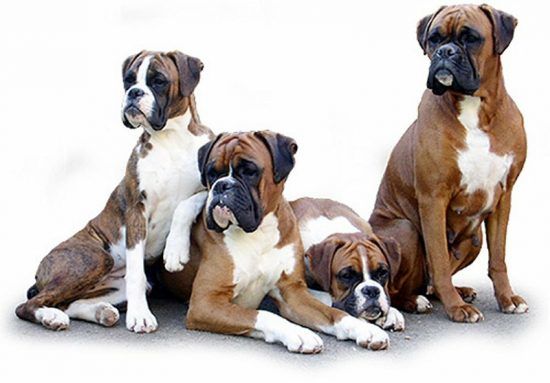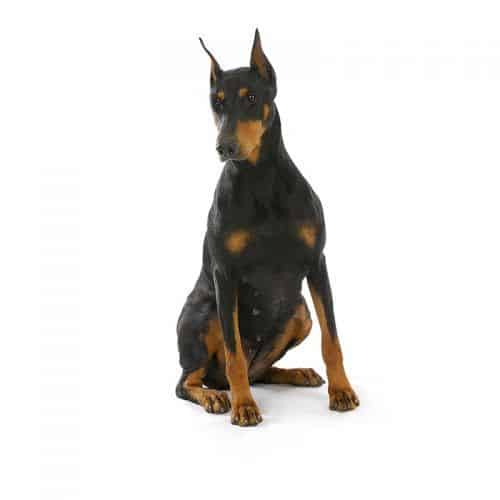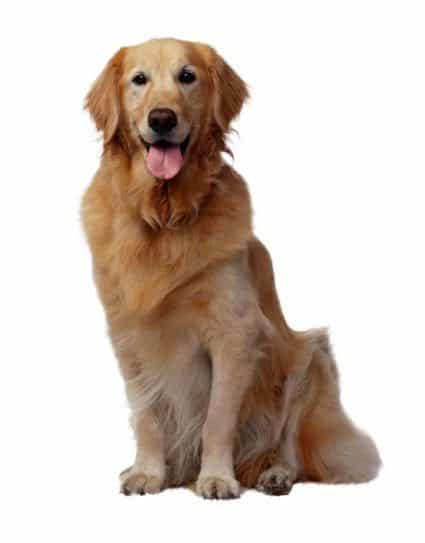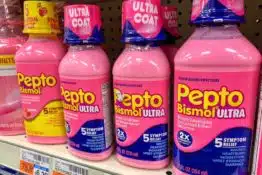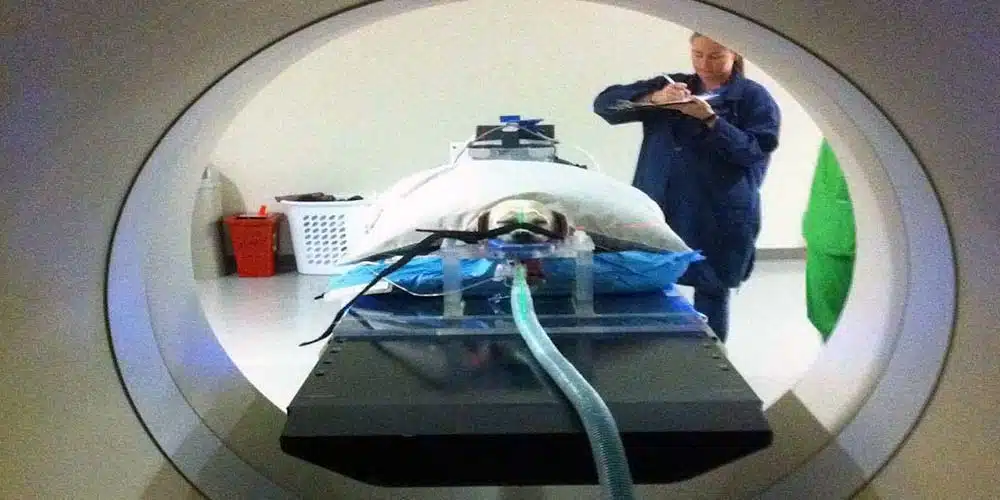
Top 10 Dog Breeds With the Highest Rate of Cancer Development
According to The Veterinary Cancer Society, cancer is the leading cause of death in 47% of dogs! Sadly, certain breeds are prone to higher rates of cancer development than their counterparts. We have broken down the ten breeds with the highest rate of cancer development.
Best Dog Treats for Your Furry Friends
Selecting the best dog treats for your furry friends involves considering their preferences, dietary needs, and overall health. Opt for treats made with high-quality, natural ingredients, avoiding artificial additives or preservatives. Treats with real meat or wholesome grains can provide a tasty and nutritious reward. If your dog has specific dietary restrictions or allergies, choose treats that align with those requirements. Additionally, treats designed to promote dental health, such as dental chews or treats that help reduce plaque and tartar, can be beneficial. Always be mindful of portion sizes to maintain a balanced diet, and consult with your veterinarian if you have any concerns about your dog’s treat choices.

- Made in the USA using sustainably sourced, wild-caught salmon.
- These single-ingredient salmon treats are ideal for pets with allergies, sensitive stomachs, diabetes, or special dietary requirements.
- Salmon is a natural source of fish oil rich in omega-3, omega-6, magnesium, zinc, potassium, and vitamins A, B12, and D for skin and coat support.
- Omega-3 and 6 fatty acids in salmon helps support a healthy heart and promote hip and joint health.
- Freeze-drying helps preserve natural nutrients as well as delicious flavor and aroma.

- Delicious treats are packed with nutritious goodness and a natural, sweet and meaty flavor your pup will love.
- Premium chicken breast fillet is high in protein and low in fat with amino acids to help build and maintain muscle tone.
- Real sweet potato is a natural source of vitamin A, which helps maintain strong eyesight, healthy skin and a lustrous coat.
- Sweet potato also delivers vital dietary fiber and antioxidants to support your pal’s healthy digestion and overall good health.
- Contains no added artificial preservatives, no artificial flavors or colors, and no fillers or grains.

- Helps support strong teeth with nubs and ridges that act like toothbrush bristles.
- Packed with essential vitamins and minerals for a happier, healthier pup.
- Free of artificial flavors so you can feel good about your dog snacking on these treats.
- Helps freshen breath, minimize tartar buildup and encourage healthy gums.
- Sealed for the freshness your dog craves.
Rottweilers
Rottweilers are known to have numerous health problems later in life. With an average lifespan of 8 to 12 years, Rottweilers can develop bone cancer, elbow & hip dysplasia, and gastric torsion.
Bernese Mountain Dogs
This loving family dog, unfortunately, has one of the shortest lifespans due to an array of health problems from the giant size of the breed. Bernese Mountain dogs require daily exercise and a well-balanced diet for the large breed. The most common cancer with this breed is mast cell tumors.
Bouvier des Flandres
Bouvier des Flandres are predisposed to gastric carcinoma. The breed falls into the high risk category with development of this type of malignant stomach cancer. This agile farm dog can live an average of 10 to 12 years. A healthy diet and daily exercise is a must for this herding dog.
German Shepherd
Hemangiosarcoma and Osteosarcoma cancer are most frequently developed in the German Shepherd breed. Hemangiosarcoma is a malignant cancer of the circulatory system. This type of cancer usually occurs in the heart or spleen. As the tumor grows, internal bleeding may occur. A good way to check the circulatory system of a German Shepherd is to the check their gums in the mouth. White gums should be cause for concern.
Great Dane
Great Danes have an average lifespan of 7 to 10 years. The massive size of the Great Dane contributes to an array of health problems, including cancer. Great Danes are prone to osteosarcoma and cardiomyopathy.
Labrador Retriever
Labrador Retrievers are excellent family, hunting, and service dogs. Unfortunately, the Labrador, along with numerous other breeds, are susceptible to the development of Lymphosarcoma.
This is a very common cancer in dogs and can occur in the lymph nodes, spleen, liver, and other organs. The cancer can be aggressive and, if left untreated, can lead to a high mortality. Along with Lymphoma, this breed is known to develop canine elbow, shoulder, and hip dysplasia and osteochondritis dissecans later in life.
Cocker Spaniel
English Cocker spaniels are genetically predisposed to mammary tumors. About 30% of these tumors are malignant and unless promptly diagnosed and successfully treated, they have a progressively serious effect on their health.
Boxer
This curious and outgoing breed can make great companions with any family. However, this breed can develop into a high cancer rate later in life. With a short lifespan of 8 to 10 years, Boxers need daily mental and physical exercise. Boxers are a short nose breed; although very cute, they can lead to the highest development of gliomas.
Gliomas are one of many types of brain tumors that start in the glial cells (supporting cells) within the brain, and as they continue to grow, can cause compression and death of surrounding brain tissue. These types of tumors are malignant and resistant to treatment.
Doberman Pinscher
The most common cancer in the Doberman is bone cancer, which often forms detectable lumps on the shoulders or legs of the breed. Prostate cancer has a high occurrence in male Dobermans and for many years mammary cancer has been the number one killer of female Dobermans.
Golden Retriever
Top 10 Warning Signs & Symptoms of Dog Cancer
The Golden Retriever Club of America (GRCA) identified cancer as the cause of death in 61.4 percent of this breed. The most common types of cancer in Golden Retrievers is hemangiosarcoma and lymphoma.
A shocking and concerning statistic shows this breed wasn’t even mentioned as having a high rate of cancer by the University of Pennsylvania School of Veterinary Medicine in 1988. However, just 11 years later in 1999, over 60% of Golden Retrievers were being lost to cancer development.
Dog Breeds With the Highest Rate of Cancer Development FAQ:
1. Are Labs prone to cancer? Yes, Labrador Retrievers are, unfortunately, among the dog breeds with a higher cancer incidence. Regular veterinary check-ups, a healthy diet, and proactive care are essential for their well-being.
2. What is the cancer rate in Golden Retrievers? Golden Retrievers are known to have a higher predisposition to cancer. The breed is particularly susceptible to certain types, including hemangiosarcoma and lymphoma. Regular health screenings can aid in early detection and treatment.
3. Are Rottweilers prone to cancer? Rottweilers are another breed with a higher susceptibility to cancer, particularly osteosarcoma and lymphoma. Responsible breeding practices and regular veterinary care are crucial for managing their health.
4. What is the cancer rate in Bernese Mountain Dogs? Bernese Mountain Dogs are, unfortunately, prone to a higher rate of cancer, particularly histiocytic sarcoma. Vigilant monitoring and early intervention are crucial for managing their health.
The One Thing Pet Owners Regret Not Doing Until It’s Too Late
Is your pet safe?
1 in 3 pets will need emergency veterinary treatment each year and it is estimated a pet receives emergency care every 2.5 seconds in the U.S.
The average cost of treating a broken bone in dogs is $2,700. Cancer treatments? Up to $10,000.
It’s why so many pet owners say their biggest regret isn’t the vet bill—it’s not having pet insurance when they needed it most.
Ask yourself: “If an unexpected $5,000 vet bill hit tomorrow, could I afford it?”
If the answer is no, it’s time to get covered.
Take a look at Lemonade. They have a great app that actually works, they have an instant chatbot that is faster and, dare we say it, friendlier than most companies’ “real” customer service and a quick scroll through Reddit will uncover… people are really vibing with this brand.
So go check them out and take a look. It takes less than a minute.
5. What is the cancer rate in Labrador Retrievers? Labrador Retrievers have an increased risk of developing cancer, particularly mast cell tumors. Routine veterinary examinations and a healthy lifestyle can contribute to early detection and management.
6. What are the signs of cancer in dogs? Signs of cancer in dogs can vary but may include unexplained weight loss, lumps or bumps, changes in appetite, lethargy, and abnormal bleeding. Any concerning symptoms should prompt a visit to the veterinarian for a thorough examination.
7. Are Beagles prone to cancer? Beagles can be susceptible to certain types of cancer, and research suggests a predisposition to tumors. Regular veterinary check-ups, a balanced diet, and preventive care can help manage their health.
8. How do dogs get cancer? The causes of cancer in dogs are multifactorial and can include genetic predisposition, environmental factors, exposure to toxins, and age. While some factors are beyond our control, responsible breeding, a healthy lifestyle, and regular veterinary check-ups are crucial for cancer prevention and early detection.
80% of Dogs Develop Arthritis or Joint Pain by 7 Years old – Here’s How to Protect Them
Most of us train our dogs when they are puppies to jump up on furniture. We think it’s harmless (and easier than always lifting them), but for dogs, couches and beds are very high compared to the size of their bodies.
Every time they jump it compresses their back and applies enormous force to their joints.
It’s no wonder that an incredible 80% of dogs experience arthritis or joint pain by only 7 years old.
Luckily, there is a vet-recommended solution.
It’s the PawRamp by Alpha Paw. An adjustable ramp that allows dogs to safely get on and off couches and beds. PawRamp makes joining you in bed or on the couch effortless and fun.
As a bonus, you can use code SAVE35 to get $35 off the PawRamp today.

